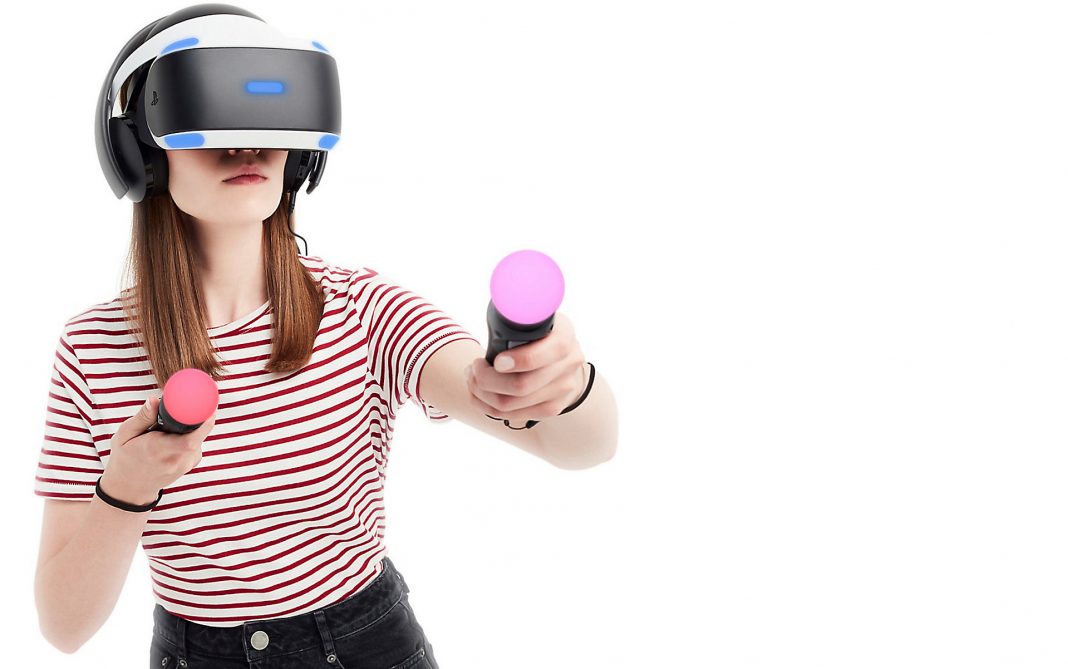In Virtual Reality, eye-tracking is the user’s ability to quickly and accurately measure the direction he or she is looking while inside of a VR headset. This ability is often discussed within the context of foveated rendering, hoping that it could decrease the performance requirements of VR.
For many years, eye-tracking has been discussed with regards to VR as a faraway technology, but advancements from companies across the industry have shown favorable headway in accuracy, latency, sturdiness, and cost. The hardware is becoming more and more available to researchers and developers.
Companies such as Tobii are offering eye-tracking software and hardware to developers and manufacturers, and Qualcomm now offers Tobii’s solution in its VRDK headset. Other companies like 7invensun, Fove and Magic Leap are also selling eye-tracking hardware. Even Apple has joined the game, reportedly acquiring SMI, one of the former leaders in the eye-tracking business.
The way it is moving, within just a few years, eye-tracking could become a standard part of VR headsets.
What is Foveated Rendering?
Foveated rendering is an upcoming graphics rendering technique which uses an eye tracker integrated with a VR headset to lower the rendering workload by greatly reducing the image quality in the peripheral vision – outside of the zone gazed by the fovea (a small pit densely packed with photoreceptors located at the center of the human retina).
Read more Apple Could Release an AR Headset in 2021, Predicts Gene Munster
We get high resolution vision at the center of our field of view with the help of fovea. But our peripheral vision is better tuned for seeing motion than spotting detail, so it’s very poor at picking up color and detail.
How can eye-tracking improve VR experience?
Eye-tracking may improve VR experience in many ways such as:
Social Avatars
Currently, many Virtual Reality social applications show users with realistic eye movements, such as blinking, object focus, saccades etc. However, these are all faked using animations and programmed logic.
Read more Pimax to Ship Pre-production “8K” Virtual Reality Headsets in May
By applying precise eye-tracking data to VR avatars, one will be able to see when a user is blinking and where they’re looking.
Intent and Analytics
Eye-tracking can also help us to passively understand a player’s focus and intent. Consider a developer who is developing a horror game where a player enters a haunted house. Normally the developer might craft a scripted sequence where a monster pops out of a closet as the player enters a certain area, but if the player isn’t looking directly at the closet then he might miss the scare. For maximum scare, eye-tracking input could be used to trigger the event only at the correct moment that the user is looking in the right direction.
Healthcare and Research
Eye-tracking can have a wide use in the healthcare and research fields. Companies like SyncThink are using headsets equipped with eye-tracking to detect concussions, purportedly increasing the efficiency of on-field diagnosis.
Eye-tracking can be used by researchers for data collection and input. It can help them better understand autism’s influence on social eye contact or make it accessible to more people.












